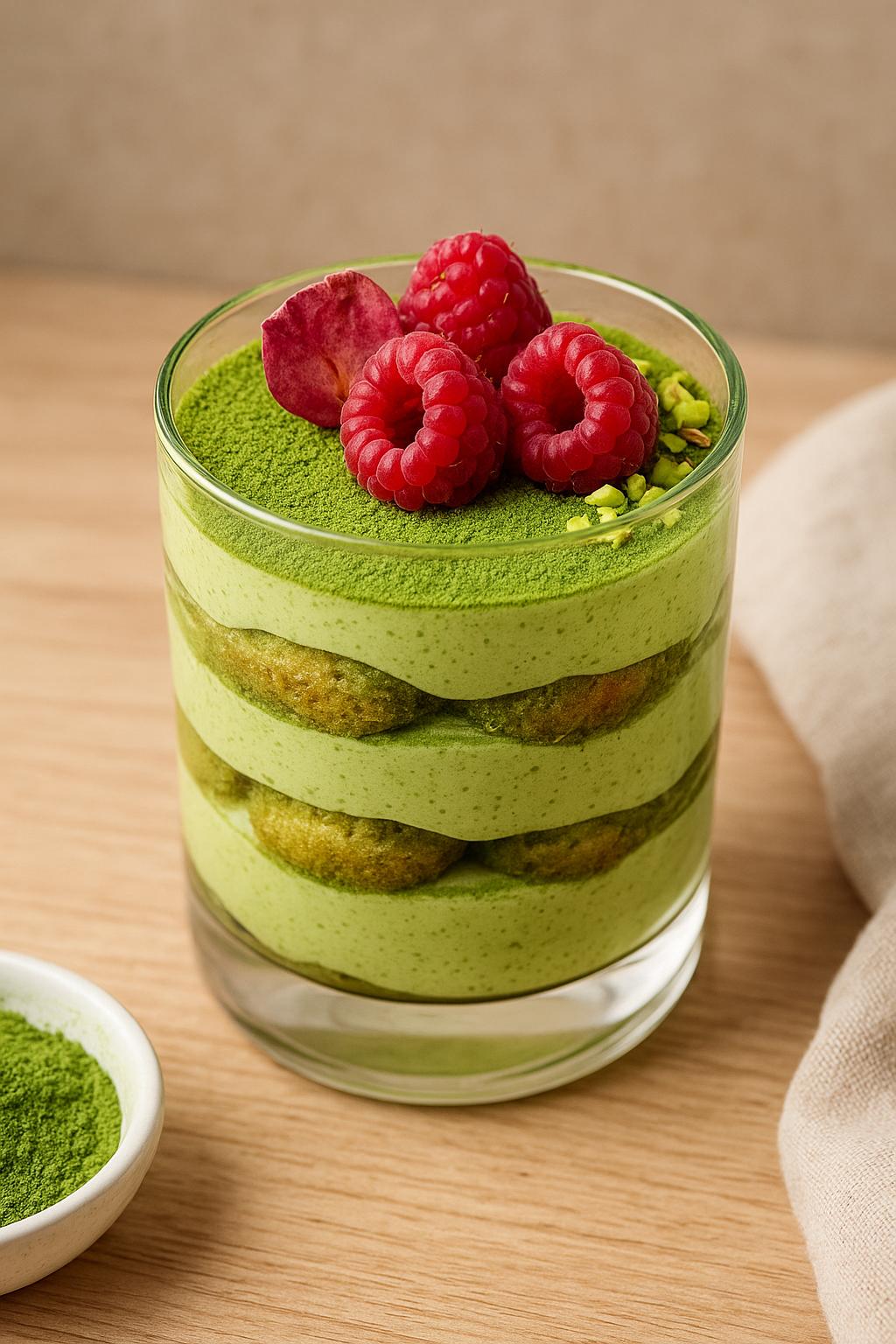What is Trurimesu? A Flavorful Fusion of Culture and Creativity
Trurimesu is more than just a dessert—it’s a movement. A revolutionary take on the traditional tiramisu, trurimesu blends global flavors, creativity, and modern presentation into one unforgettable bite. While the term may sound exotic or new, its essence lies in merging the familiar with the extraordinary, making it a fast-rising favorite across gourmet menus and social feeds worldwide. Escargot
The Origin of Trurimesu
While tiramisu traces back to Italy, trurimesu is a global reinterpretation. Created by innovative pastry chefs aiming to blend East-meets-West flavors, it stands out for its ability to adapt—matcha, saffron, rose, salted caramel, or even chai. The name “trurimesu” symbolizes true reinterpretation of tiramisu, honoring roots while championing originality.
Its foundation is sponge soaked in bold flavor infusions, layered with mascarpone or plant-based cream, and crowned with bold toppings like fruit pearls or edible flowers. It’s not bound to tradition—it celebrates reinvention.
Why Trurimesu is Taking Over Dessert Culture
1. Global Influence:
Trurimesu encapsulates global tastes. Whether you crave the umami punch of miso caramel or the warmth of cinnamon chai, trurimesu offers a passport of flavors in a single dish.
2. Instagrammable Beauty:
A visual feast! Carefully layered, often in glasses or jars, topped with creative garnishes—each serving of trurimesu looks like edible art. Chefs often use gold leaf, piped swirls, or customized logos on top.
3. Versatile for All Diets:
Whether you’re vegan, gluten-free, keto, or dairy-intolerant, trurimesu can be made to fit. This inclusivity is driving its popularity among conscious eaters.
4. Elevated Presentation:
It’s not just a dessert; it’s an experience. Served in high-end jars, crystal tumblers, or deconstructed on plates—trurimesu elevates dining.
Expert Backing: What Chefs and Food Scientists Say
Food innovation experts from culinary institutes like Le Cordon Bleu and the Culinary Institute of America have highlighted trurimesu in food trend forecasts. According to pastry specialist Chef Loretta Chan:
“Trurimesu represents where pastry is headed: creative, inclusive, emotionally resonant. It’s not about replacing classics, but expressing them through today’s lens.”
This perspective aligns with the modern consumer’s desire for comfort foods that reflect globalism, ethics, and personalization.
Healthier, But No Less Indulgent
Trurimesu can be enjoyed guilt-free. Many bakers use:
-
Coconut or almond mascarpone
-
Natural sweeteners like monk fruit or dates
-
Matcha, cocoa nibs, and fresh fruits as toppings
-
Alcohol-free or adaptogenic infusions
Studies in food science journals confirm that reducing sugar and dairy doesn’t compromise sensory satisfaction when balanced with texture and aroma, making trurimesu a smart indulgence.
How to Make Trurimesu at Home (Simplified Recipe)
Here’s a basic, beginner-friendly version:
Ingredients:
-
1 pack of ladyfinger biscuits (or sponge cake slices)
-
1 cup strong espresso or tea (like chai or matcha)
-
250g mascarpone or vegan cream cheese
-
2 tbsp maple syrup or honey
-
Cocoa or matcha powder for dusting
-
Optional: fruit puree, crushed nuts, or rose petals
Steps:
-
Soak ladyfingers briefly in the brewed base (espresso or tea).
-
Whip cream and sweetener until smooth.
-
Layer soaked biscuits and cream alternately in a jar or glass.
-
Chill for 2 hours minimum.
-
Dust with your topping of choice. Enjoy!
This trurimesu version is endlessly customizable, yet retains the comforting richness and sophistication that defines the trend.
Where to Find Trurimesu
From Tokyo to Toronto, artisan cafés and fusion restaurants are adding trurimesu to their dessert menus. Specialty bakeries are also offering pre-ordered jars of seasonal variations.
Top global spots serving trurimesu-inspired creations:
-
Matcha Room, NYC – Matcha Trurimesu
-
Café Aroma, London – Rose Pistachio Trurimesu
-
SweetLab, Seoul – Boba Taro Trurimesu
-
TruBites, Sydney – Saffron Mango Trurimesu
The trend is still young, giving home bakers and food bloggers the chance to shape its future.
The Emotional Connection
Food isn’t just about flavor—it’s emotion, nostalgia, experience. Trurimesu connects people with past joys and new adventures at the same time. It evokes both comfort and curiosity.
From a scientific perspective, dopamine levels increase when taste meets visual delight. The textures, aromas, and visual artistry of trurimesu activate this exact neural reward system.
The Future of Trurimesu
Trurimesu isn’t just a fad—it’s a format. Experts predict it will continue to evolve with:
-
Fermented toppings (like miso caramel or kombucha glaze)
-
Functional ingredients (ashwagandha, turmeric, probiotics)
-
Sustainable packaging (glass jars, edible spoons)
-
Hyper-localized versions (like mango chili trurimesu in India)
As dessert consumers demand meaning, health, and beauty—trurimesu is poised to become a staple.
Final Thoughts: Why You Should Try Trurimesu Today
In a world where food defines culture and lifestyle, trurimesu stands tall. It’s inclusive, adaptable, and heartwarmingly delicious.
Whether you’re a foodie, a chef, a health-conscious eater, or a curious adventurer—trurimesu welcomes you. With its luxurious mouthfeel, aesthetic presentation, and global flavors, this is more than dessert. It’s a joyful journey.
FAQs About Trurimesu
What is trurimesu made of?
It’s a layered dessert like tiramisu but with global ingredients—think matcha, rose, saffron, or caramel.
Is trurimesu vegan-friendly?
Yes! Many versions use plant-based creams and eggless biscuits.
Where can I try trurimesu?
Look for modern cafes or patisseries in major cities. Some even ship online in jar formats.
Is trurimesu healthier than tiramisu?
Often, yes. Many recipes reduce sugar, use natural flavors, and skip alcohol.
Can I make trurimesu at home?
Absolutely. It’s simple, creative, and perfect for beginners.
What makes trurimesu different from tiramisu?
Its fusion of international flavors, flexible ingredients, and contemporary presentation.







